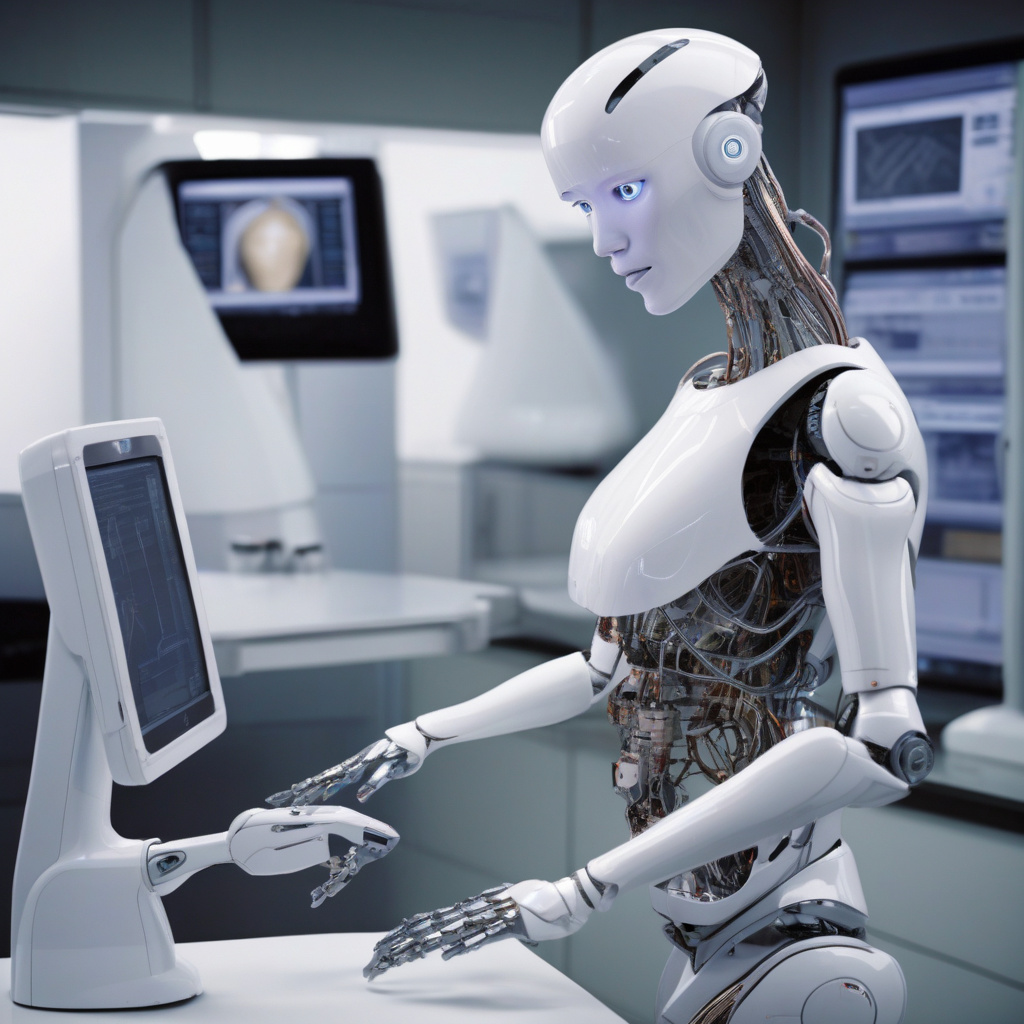Viral Chinese ‘Pregnancy Robot’ Story Debunked: The Real Science Explained
Earlier this month, the claim that a Chinese firm called Kaiwa Technology had built a “pregnancy robot” went viral on social media. The news spread like wildfire, with many people expressing shock and disbelief at the idea of a robot being able to simulate pregnancy. However, as is often the case with sensational stories like these, the truth behind the headlines is far more mundane.
The so-called “pregnancy robot” was not actually a robot at all, but rather a sophisticated simulator designed to help medical students learn about the various stages of pregnancy and childbirth. The device, which was developed by Kaiwa Technology in collaboration with a team of obstetricians and gynecologists, uses a combination of sensors and software to recreate the experience of being pregnant.
One of the key features of the simulator is its ability to mimic the physical symptoms of pregnancy, such as weight gain, hormonal changes, and fetal movements. By wearing the device, users can gain a better understanding of the challenges and discomforts faced by pregnant women, helping them to develop more empathy and compassion towards their patients.
While the idea of a “pregnancy robot” may sound like something out of science fiction, the technology behind the simulator is actually quite simple. It relies on basic principles of biofeedback and virtual reality to create a realistic and immersive experience for the user. By providing a hands-on learning tool for medical students, Kaiwa Technology hopes to improve the quality of obstetric care and ultimately reduce maternal and infant mortality rates.
In recent years, there has been a growing interest in the use of simulators and other advanced technologies to enhance medical education and training. From virtual reality surgeries to robotic patient simulators, these tools have the potential to revolutionize the way that healthcare professionals are trained. By allowing students to practice their skills in a safe and controlled environment, these technologies can help to improve patient outcomes and reduce the risk of medical errors.
As with any new technology, it is important to separate fact from fiction when it comes to stories like the “pregnancy robot”. While the idea of a robot that can simulate pregnancy may make for an attention-grabbing headline, the reality is often much more grounded in scientific fact. By taking the time to understand the real science behind these innovations, we can better appreciate the incredible advancements that are being made in the field of medical education.
In conclusion, the viral Chinese “pregnancy robot” story may have captured the imaginations of many, but the truth behind the headlines is far more down-to-earth. By debunking the myths and exploring the real science behind these innovations, we can gain a deeper appreciation for the incredible work being done in the field of medical education. As technology continues to advance, we can expect to see even more groundbreaking developments that will shape the future of healthcare for years to come.
#PregnancyRobot, #MedicalEducation, #HealthcareInnovations, #VirtualReality, #MaternalHealth












